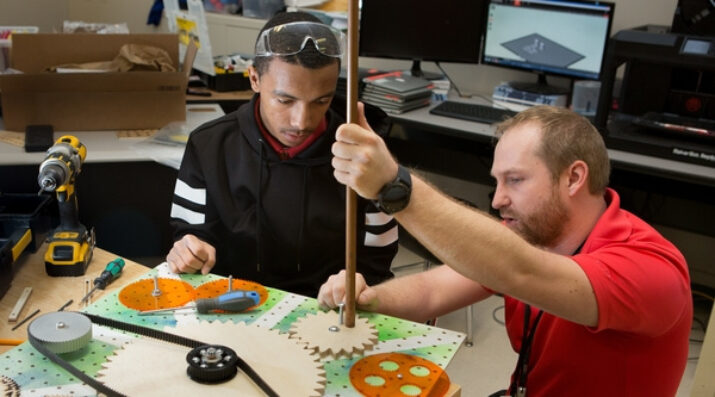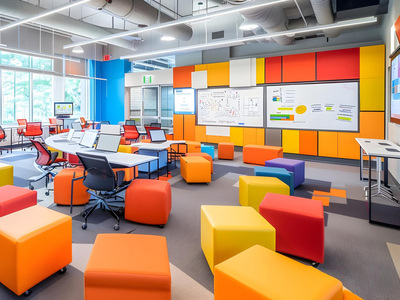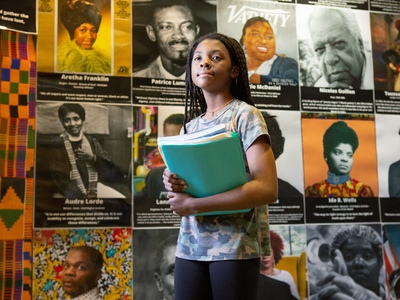New Designs for School
Three Essential Tips for Implementing Project-Based Learning
Topics

We’ve all had the experience of truly purposeful, authentic learning and know how valuable it is. Educators are taking the best of what we know about learning, student support, effective instruction, and interpersonal skill-building to completely reimagine schools so that students experience that kind of purposeful learning all day, every day.
Get started with project-based learning with these three strategies from educators in history and STEM.
If you’re thinking about bringing project-based learning (PBL) into your classroom, we have three essential tips to help you get started. We’ve seen these strategies work time and time again in our own teaching, and we hope they can help you, too.
1. Prioritize Skill Acquisition over Content Memorization
(Yaritza) In history, it’s easy to fall into the trap of memorizing dates and facts. But what’s more important is teaching students how to think critically, analyze information, and make connections. Instead of traditional tests, I have students act as historical figures, create arguments, and analyze cause and effect. These skills will serve them far beyond the classroom.
(Victor) In STEM, I want my students to think like problem-solvers, not just memorize coding syntax. That’s why I focus on computational thinking—breaking down problems, identifying patterns, and collaborating. Whether they go into computer science or another field, these skills will help them succeed.
2. Get to Know Your Students
(Yaritza) The best lessons are the ones that resonate with students. I take time to learn their interests and weave them into my teaching. When I had students who loved music, I brought hip-hop into history lessons. When I had students who loved TikTok, I incorporated it into projects. Learning is personal, and the more we connect with our students, the more engaged they become.
(Victor) I once had a student who said she didn’t need coding because she wanted to be a hairstylist. So I had her research how much it would cost to hire someone to build a website for her business. When she saw the price tag, she was suddenly very interested in learning to code! Understanding students’ goals helps us make learning relevant to them.
3. Be Flexible and Open to Student Choice
(Yaritza) Giving students choice is powerful. I love using choice boards where students can decide how they want to show their learning. I always leave an open-ended option for them to create their own project ideas, and I’m constantly amazed at their creativity and engagement when they have control over their learning.
(Victor) PBL doesn’t have to be rigid. I adjust my projects based on students’ interests and needs. If students are excited about a topic, I let them run with it. The best learning happens when students feel like they have a voice in what they’re doing.
PBL requires a shift in mindset, but the rewards are well worth it. When students see the relevance of their education, when they are excited about learning, and when they take ownership of their work, the classroom becomes a space of true discovery. We’ve seen it happen, and we know you can too!
Photo at top by Allison Shelley for EDUimages, CC BY-NC 4.0.




